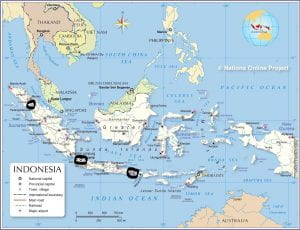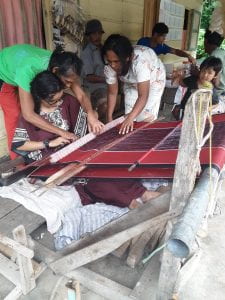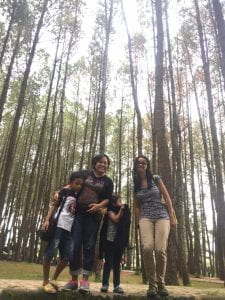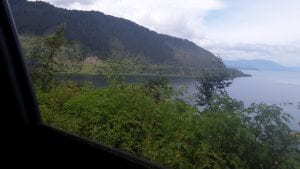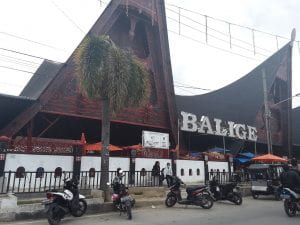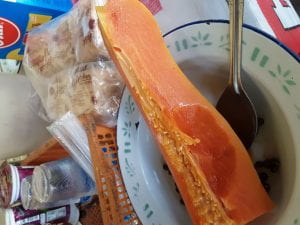So, my Independent Study Project (ISP) situation was a bit different than the majority of the students’ this semester. I was one of the few who ventured outside of the program’s main island (Bali) onto other islands. In my case, I travelled to the Lake Toba area in North Sumatra first, then to Jakarta in Java, before returning to Bali.
While theoretically, each of us conducts our ISP alone in an academic sense, I considered myself also physically alone and independent from the program and other students. Although the program ensures to check in with each and every one of its students through phone and I could rely upon contact persons stationed in both my locations, I felt the weight of my independence quite severely. For a good portion of my ISP month, I was literally alone, with my contacts and the SIT Program staff only available for emergencies.
I must say that my isolation from the SIT group was mostly a personal advantage to me and my study, because it offered me great opportunity to examine myself and how others in Indonesia navigate my presence in ways that I could not have while sequestered within a group of people. In addition, I had opportunity to observe other aspects of Indonesian life and culture across multiple islands, which more concretely impressed upon me how greatly diverse Indonesia is.
One subject addressed during Whitman’s pre-semester off-campus study orientation was the experience of being a woman and a person of color abroad. I would consider myself to be both, and these two aspects of my identity became very relevant to my experiences during the study, but in surprising ways. From that orientation and from my own musings on the subject, my general conclusion seemed to be that whatever ethnicity you appear as will be in contrast to the general look of the people living in your chosen country of study. In some sense, my time in Bali and Java confirmed this thought. While the majority of my homestay parents remarked upon my similar coloring to Indonesians (or of Asian ethnicities), most Indonesians do not wear their hair curly such as I, which makes me quite easy to identify as a foreigner. However, in North Sumatra, many people wore curly hair.
Imagine my surprise. It was pretty awesome to see the many varieties of dark, curly hair there. While I hadn’t came across someone with ringlets as tight as mine, some came pretty close. One of my former homestay families has a little girl with a mountain of curly hair. Whenever we ventured out together as a group, I seemed to go completely unnoticed among them. My newfound capability to ‘slip under the public radar’ was in stark contrast to my experiences in Bali. Not only was my curly hair an anomaly there, but the majority of my SIT group was made up of white women. Needless to say, we often drew quite a crowd—especially in areas non-frequented by tourists. In contrast, it was quite disorienting to walk unnoticed in public spaces while living in North Sumatra.
If I had planned to do more participant observation for my study, then I would have been in a very good position to do so. That was the only instance in my life where I blended into the majority population, and while that did not necessarily change my attitude towards Indonesia or even towards myself, I finally experienced the power of going unnoticed after nearly three months of nothing but attention.
Thank you, and until next time!

